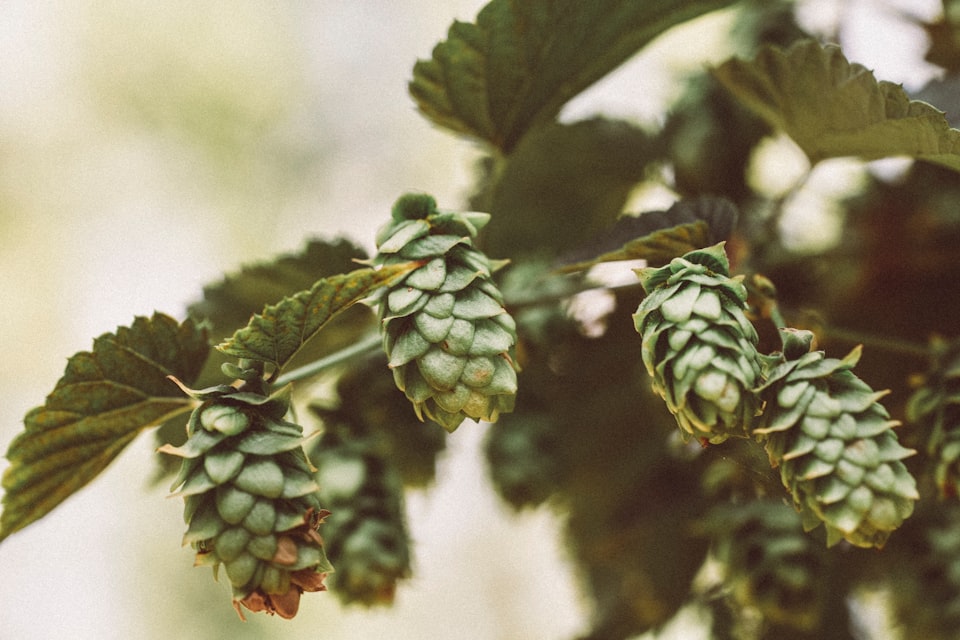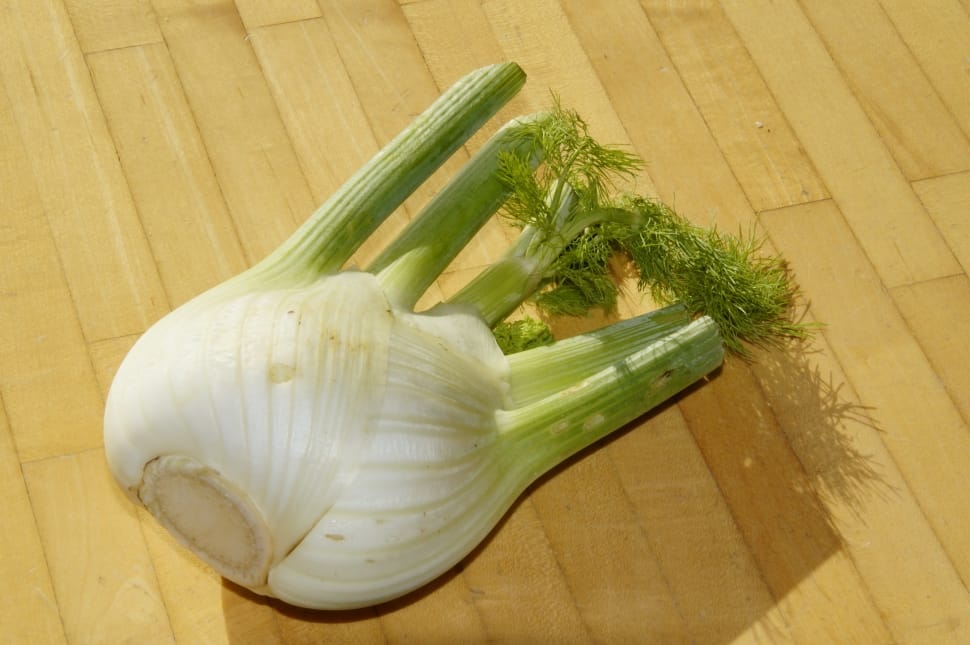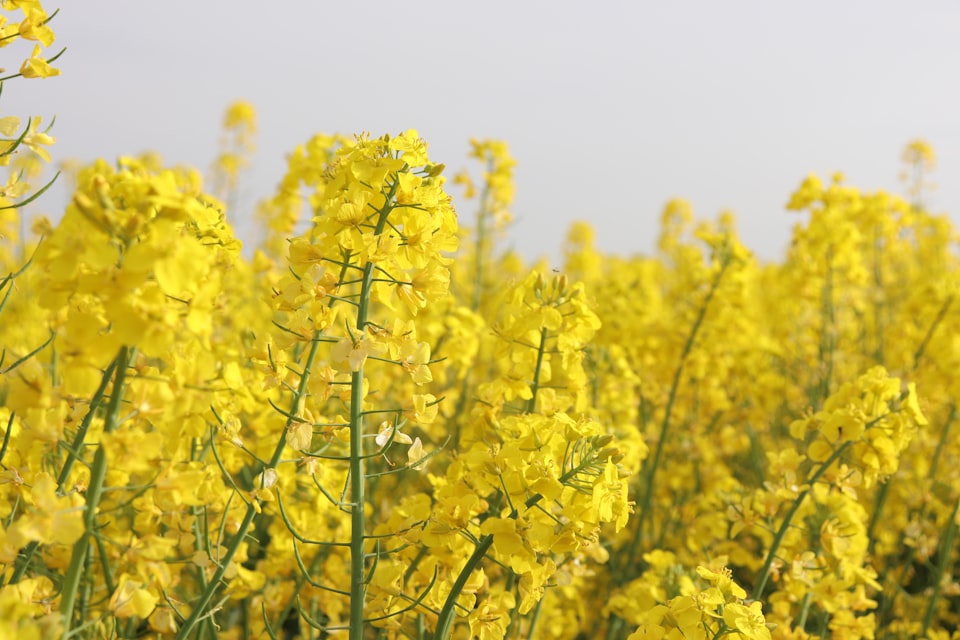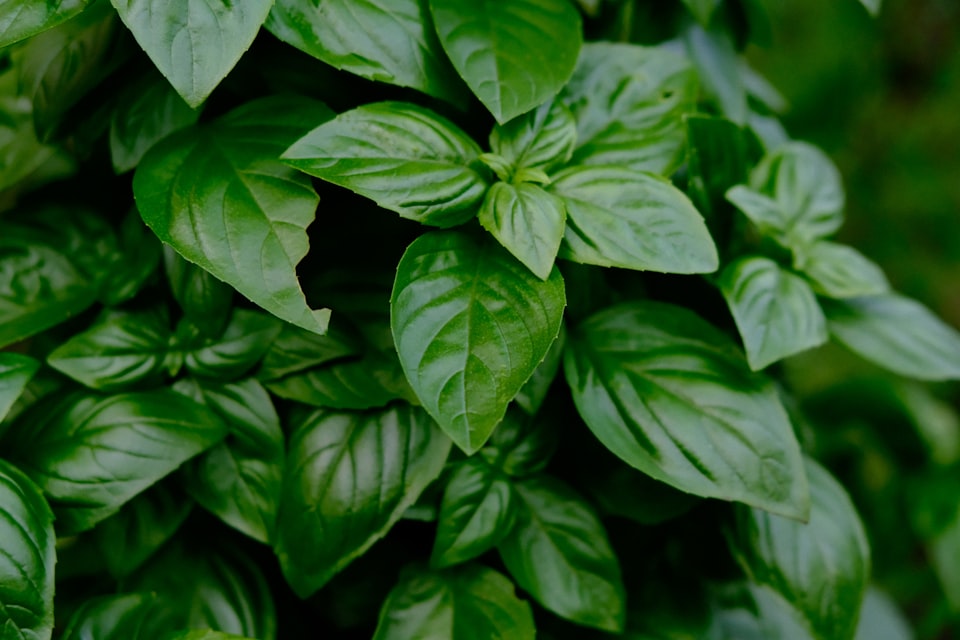IV: Hedge Mustard
The search for the perfect voice tonic.
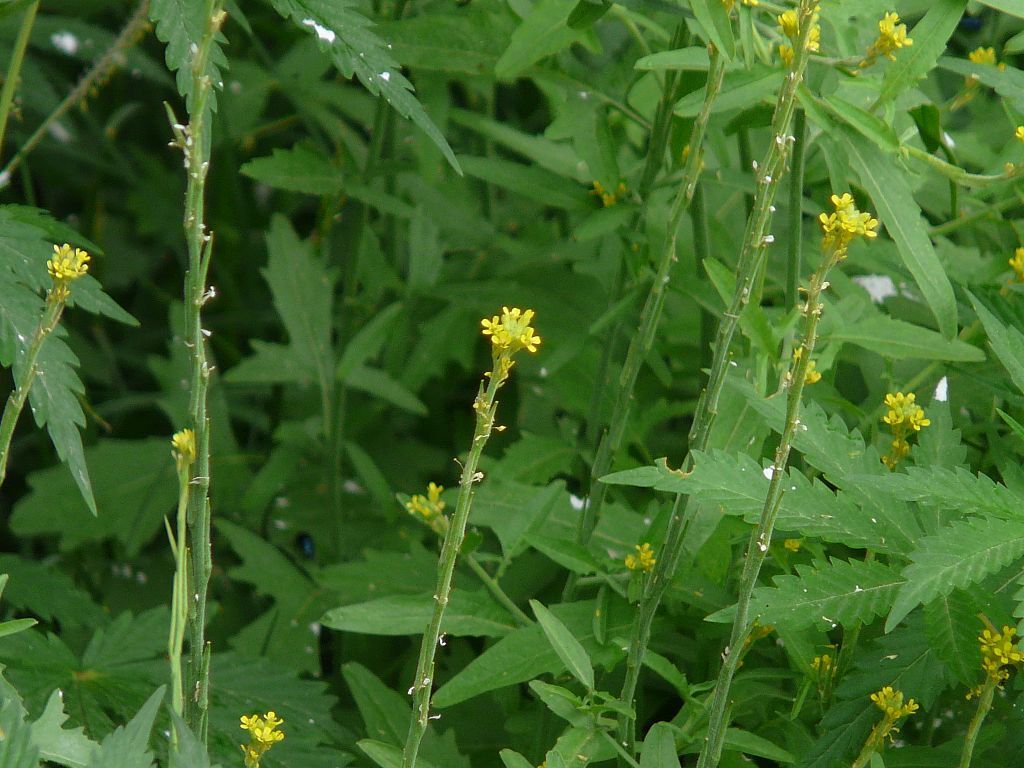
Good morning. Today is quartidi, the 14th of Ventôse, Year CCXXXI. We celebrate le vélar, a salad green beloved by caterpillars.
This is the singer's plant. Beloved by opera divas, public speakers, and town criers from time immemorial, a concoction made of hedge mustard was (and still is) widely believed to cure any hoarse throat, especially from overuse.
There's science to back this up. As a member of the brassica family, it's a cousin of cruciform vegetables like broccoli and bok choi, and contains the same little tingly compound that makes those vegetables so healthy, just in larger amounts. The compound is known as isothiocyanate, or ITC for short, and a few years ago, some Italian scientists set about trying to make the perfect voice-healing beverage by crushing up hedge mustard and liquefying it in different ways.
